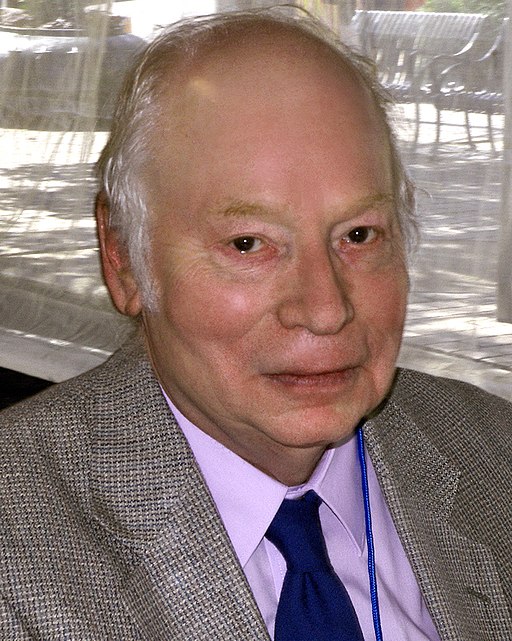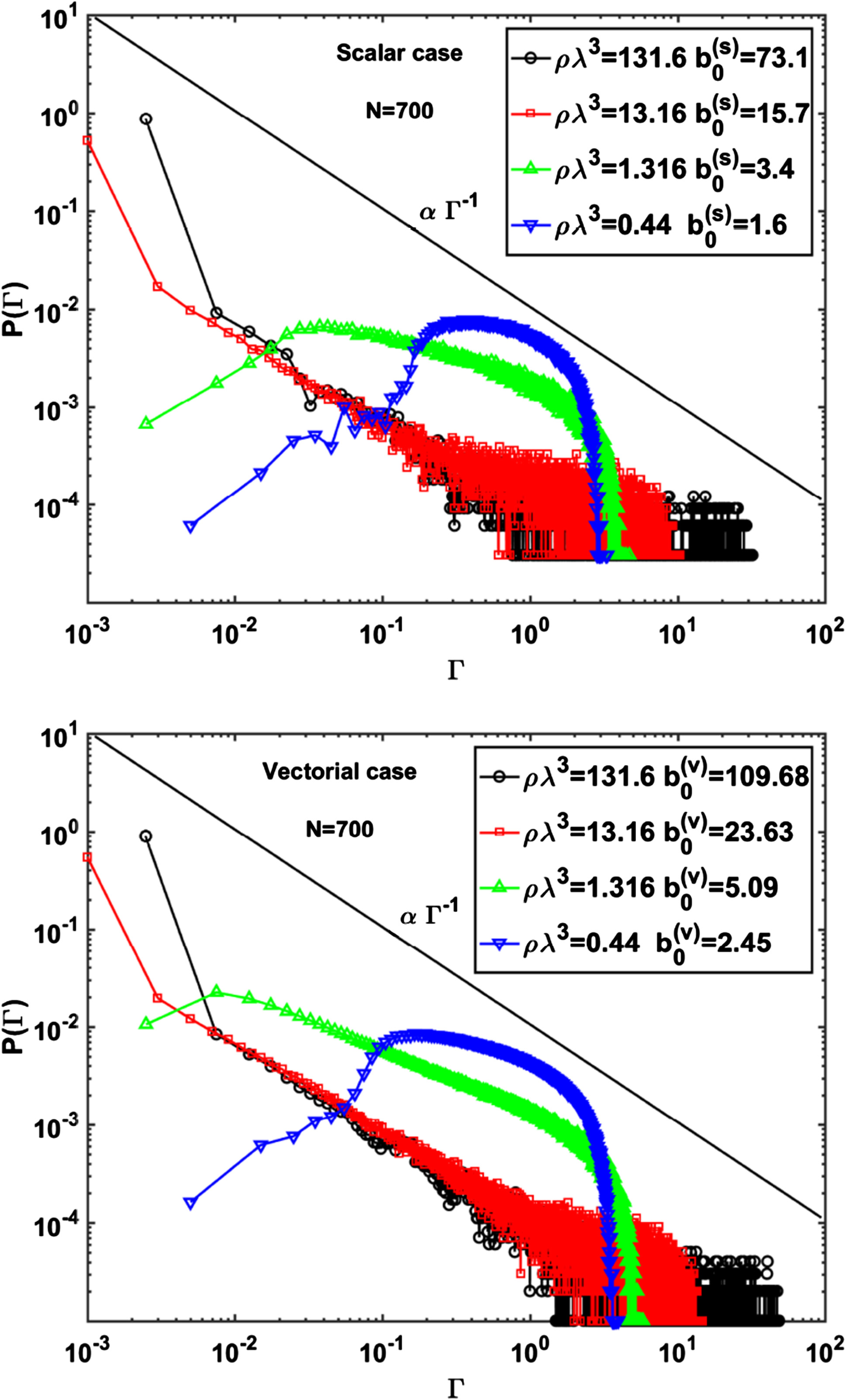News
EPJ E Highlight - Micro-environmental influences on artificial micromotors
- Details
- Published on 31 March 2021

New experiments reveal the characteristic ways in which self-propelled ‘Janus particles’ with charged coatings will slide across or move away from charged boundaries in their surrounding environments.
By harvesting energy from their surrounding environments, particles named ‘artificial micromotors’ can propel themselves in specific directions when placed in aqueous solutions. In current research, a popular choice of micromotor is the spherical ‘Janus particle’ – featuring two distinct sides with different physical properties. Until now, however, few studies have explored how these particles interact with other objects in their surrounding microenvironments. In an experiment detailed in EPJ E, researchers in Germany and The Netherlands, led by Larysa Baraban at Helmholtz-Zentrum Dresden-Rossendorf, show for the first time how the velocities of Janus particles relate to the physical properties of nearby barriers.
EPJ Data Science Highlight - A data-driven approach for assessing biking safety in cities
- Details
- Published on 25 March 2021

The bicycle is arguably the most sustainable and eco-friendly mode of transport but biking safety remains a prime concern, especially in cities. In their work recently published in EPJ Data Science Konstantinos Pelechrinis and his co-authors propose a model which provides interpretable findings for practical change.
Continue reading the blog post here.
EPJ D Colloquium - All-atom relativistic molecular dynamics simulations of channeling and radiation processes in oriented crystals
- Details
- Published on 24 March 2021
In a new Colloquium article published in EPJD, authors from the MBN Research Center (Frankfurt am Main, Germany) review achievements made recently in the field of numerical modeling of ultra-relativistic projectiles propagation in oriented crystals, radiation emission and related phenomena. This topic is highly relevant to the problem of designing novel gamma-ray light sources (LSs) based on the exposure of oriented crystals to the beams of charged particles. Crystal-based LSs can generate radiation in the photon energy range where the technologies based on the fields of permanent magnets become inefficient or incapable.
EPJ H Highlight - Effective Field Theories and the Nature of the Universe
- Details
- Published on 23 March 2021

© Larry D. Moore CC BY-SA 3.0 https://commons.wikimedia.org/wiki/ File:Steven_weinberg_2010.jpg
Effective Field Theories were introduced to simplify the mathematics involved in unifying interactions into the Standard Model of particle physics. An article in EPJ H presents Nobel Laureate Steven Weinberg’s recent lecture on the development of these theories.
What is the world made of? This question, which goes back millennia, was revisited by theoretical physicist Steven Weinberg from the University of Texas in Austin, TX, USA in the first of an international seminar series, ‘All Things EFT’. Weinberg’s seminar has now been published as an article in the journal EPJ H.
EPJ B Colloquium - Particles, conformal invariance and criticality in pure and disordered systems
- Details
- Published on 23 March 2021

The two-dimensional case occupies a special position in the theory of critical phenomena due to the exact results provided by lattice solutions and, directly in the continuum, by the infinite-dimensional character of the conformal algebra. However, some sectors of the theory, and most notably criticality in systems with quenched disorder and short range interactions, have appeared out of reach of exact methods and lacked the insight coming from analytical solutions.
EPJ Plus Focus Point on Cancer & HIV/AIDS Dynamics: From Optimality to Modelling
- Details
- Published on 19 March 2021

This Focus Point covers twelve original papers obtained from advanced theoretical analysis, experimental, and numerical simulations in Cancer and HIV/AIDS research. Results include a randomized discrete logistic equation to describe the dynamics of breast tumor; a mathematical model of breast cancer involving a system of differential equations with piecewise constant arguments to analyze the tumor growth and chemotherapeutic treatment; a new stochastic HIV mathematical model; incorporation of the Beddington–DeAngelis incidence rate to a continuous-time HIV infection model with cure rate and full logistic proliferation; a model for the tumor and normal cell growth under the influence of carcinogenic agents, an immunomodulator and variable influx of immune cells; a within-host HIV dynamical model under the effect of cytotoxic T lymphocytes immune response; the study of the interaction between drug addiction and the contagion of HIV/AIDS; a system of fractional differential equations with delays and a new computational method based on hybrid functions and Legendre polynomials with application to immunodeficiency viruses systems; investigation of cervical cancer; an HIV/AIDS epidemic model under fractal-fractional-order derivatives; study of the dynamics of HIV-AIDS infection via a fractional order SICA system; and sufficient conditions for the stability of a system describing the growth of malignant tumors.
EPJ E Highlight - Modelling speed-ups in nutrient-seeking bacteria
- Details
- Published on 17 March 2021

By considering how some bacteria will swim faster within higher nutrient concentrations, researchers have created a more accurate model of how these microbes search for nutrients
Many bacteria swim towards nutrients by rotating the helix-shaped flagella attached to their bodies. As they move, the cells can either ‘run’ in a straight line, or ‘tumble’ by varying the rotational directions of their flagella, causing their paths to randomly change course. Through a process named ‘chemotaxis,’ bacteria can decrease their rate of tumbling at higher concentrations of nutrients, while maintaining their swimming speeds. In more hospitable environments like the gut, this helps them to seek out nutrients more easily. However, in more nutrient-sparse environments, some species of bacteria will also perform ‘chemokinesis’: increasing their swim speeds as nutrient concentrations increase, without changing their tumbling rates. Through new research published in EPJ E, Theresa Jakuszeit and a team at the University of Cambridge led by Ottavio Croze produced a model which accurately accounts for the combined influences of these two motions.
EPJ C Highlight - Factoring in gravitomagnetism could do away with dark matter
- Details
- Published on 04 March 2021

Models of galactic rotation curves built of a general relativistic framework could use gravitomagnetism to explain the effects of dark matter.
Observations of galactic rotation curves give one of the strongest lines of evidence pointing towards the existence of dark matter, a non-baryonic form of matter that makes up an estimated 85% of the matter in the observable Universe. Current assessments of galactic rotation curves are based upon a framework of Newtonian accounts of gravity, a new paper published in EPJ C, by Gerson Otto Ludwig, National Institute for Space Research, Brazil, suggests that if this is substituted with a general relativity-based model, the need to recourse to dark matter is relieved, replaced by the effects of gravitomagnetism.
EPJ B Highlight - Considering disorder and cooperative effects in photon escape rates from atomic gases
- Details
- Published on 26 February 2021

Investigating more complex models of photon escape rates from cold atomic gases could help researchers learn more about light-matter interactions.
Whilst a great deal of research has studied the rates of photons escaping from cold atomic gases, these studies have used a scalar description of light leaving some of its properties untested. In a new paper published in EPJ B Louis Bellando, a post-doctoral researcher at LOMA, University of Bordeaux, France, and his coauthors—Aharon Gero and Eric Akkermans, Technion-Israel Institute of Technology, Israel, and Robin Kaiser, Université Côte d'Azur, France—aim to numerically investigative the roles of cooperative effects and disorder in photon escape rates from a cold atomic gas to construct a model that considers the vectorial nature of light. Thus, the study accounts for properties of light, previously neglected.
EPJ E Highlight - Using neutron scattering to better understand milk composition
- Details
- Published on 19 February 2021

By using a more complex model for neutron scattering data, researchers can better understand the composition of materials such as milk.
Neutron scattering is a technique commonly used in physics and biology to understand the composition of complex multicomponent mixtures and is increasingly being used to study applied materials such as food. A new paper published in EPJ E by Gregory N Smith, Niels Bohr Institute, University of Copenhagen, Denmark, shows an example of neutron scattering in the area of food science. Smith uses neutron scattering to better investigate casein micelles in milk, with the aim of developing an approach for future research.
Smith, also a researcher at the ISIS Neutron and Muon Source in the UK, explains why better modelling of how neutrons are scattered by structures in colloid materials is important. “How well you can understand the structure of a system from scattering data depends on how good your model is, and the better and more realistic your model, the better your understanding,” the researcher says. “This is true for food as for any material. A better understanding of the structure of casein in milk can help better understand dairy products.”





